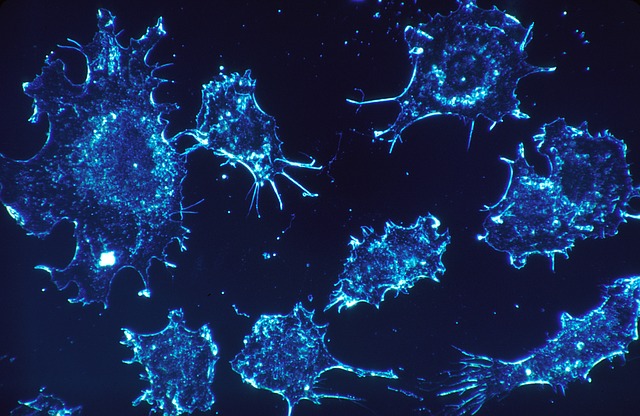According to the World Health Organisation (WHO), cancer is one of the major leading causes of death worldwide. The statistics show 9.6 million deaths in 2018 due to cancer, showing how severe is the issue globally. This highlights that the development of new research in cancer to overcome its perils is an urgent need of time. Recently, an Ontario based research group has carried out breakthrough research which can change the way cancers were targeted. They have discovered novel cancer-causing mutation in the non-coding region or junk region of the genome which is also referred to as the “dark matter”. Two related studies dealing with the identified mutation have been published recently in Nature.
“Non-coding DNA, which makes up 98 percent of the genome, is notoriously difficult to study and is often overlooked since it does not code for proteins,” – Dr. Lincoln Stein, co-lead of the studies, Head of Adaptive Oncology at the Ontario Institute for Cancer Research (OICR)
How new mutation can help target cancer
In the present study, scientists have identified a mutation in U1-snRNA (small nuclear RNA) which can be used to target cancer. U1-snRNA is known to play a role in tele-scripting wherein it suppresses the polyadenylation process and premature cleavage of transcripts making them available whenever a cell needs. The regions of DNA containing polyadenylation signals are sheltered by U1-snRNA to protect the nascent transcript, allowing the transcription process to continue. Any mutation in U1-snRNA will significantly alter its functioning leading to conditions like cancer.
“By carefully analyzing these regions, we have discovered a change in one letter of the DNA code that can drive multiple types of cancer. In turn, we’ve found a new cancer mechanism that we can target to tackle the disease.” – Dr. Lincoln Stein
The study shows that this mutation can disrupt the RNA splicing process, which will hinder the transcription of cancer-causing genes in the human genome. This provides a completely new approach to targeting cancer that can help in developing new treatment methods.
One of the potential treatment methods is to retune the use of existing drugs. This will help in bypassing the several stages of early drug development processes, making research available for clinical trials at a fast pace.
Further studies revealed that U1-snRNA mutation is present in a wide range of cancers such as subtypes of brain cancer, medulloblastoma, chronic lymphocytic leukemia (CLL) and hepatocellular carcinoma. Besides this, the presence of U1-snRNA mutation has been implicated in several other diseases involving misfolded protein. This signifies the important role of U1-snRNA and its mutation in the transcription process and the potential it holds to develop methods for subsequent cancer targeting.
“Our unexpected discovery uncovered an entirely new way to target these cancers that are tremendously difficult to treat and have high mortality rates,” – Dr. Michael Taylor, co-lead of the studies.
“We’ve found that with one ‘typo’ in the DNA code, the resultant cancers have hundreds of mutant proteins that we might be able to target using currently available immunotherapies.”
“This discovery is an example of how OICR is working together with partners in Ontario and across the world to support cutting-edge research that can be used in the development of precision therapies for cancer patients worldwide,” says Dr. Laszlo Radvanyi, President and Scientific Director of OICR.


